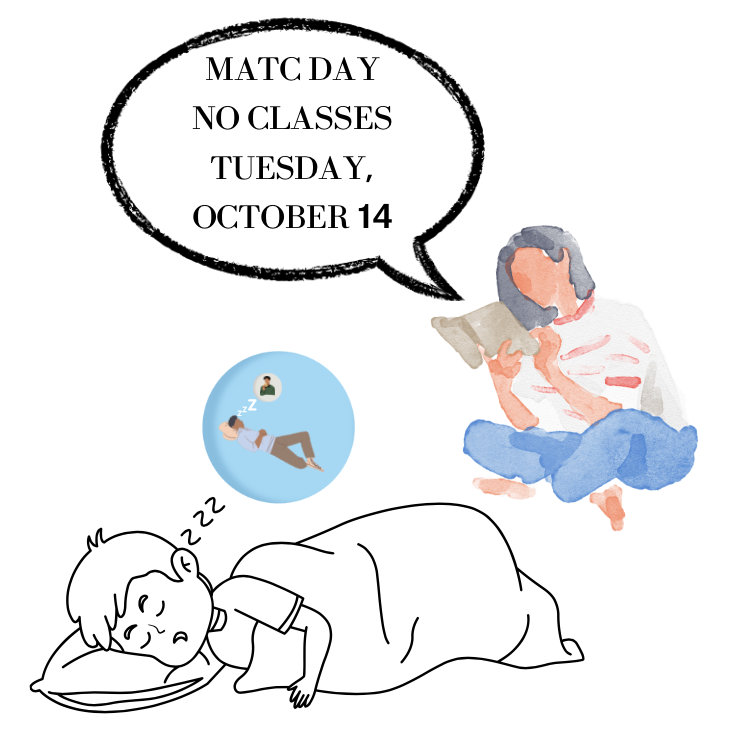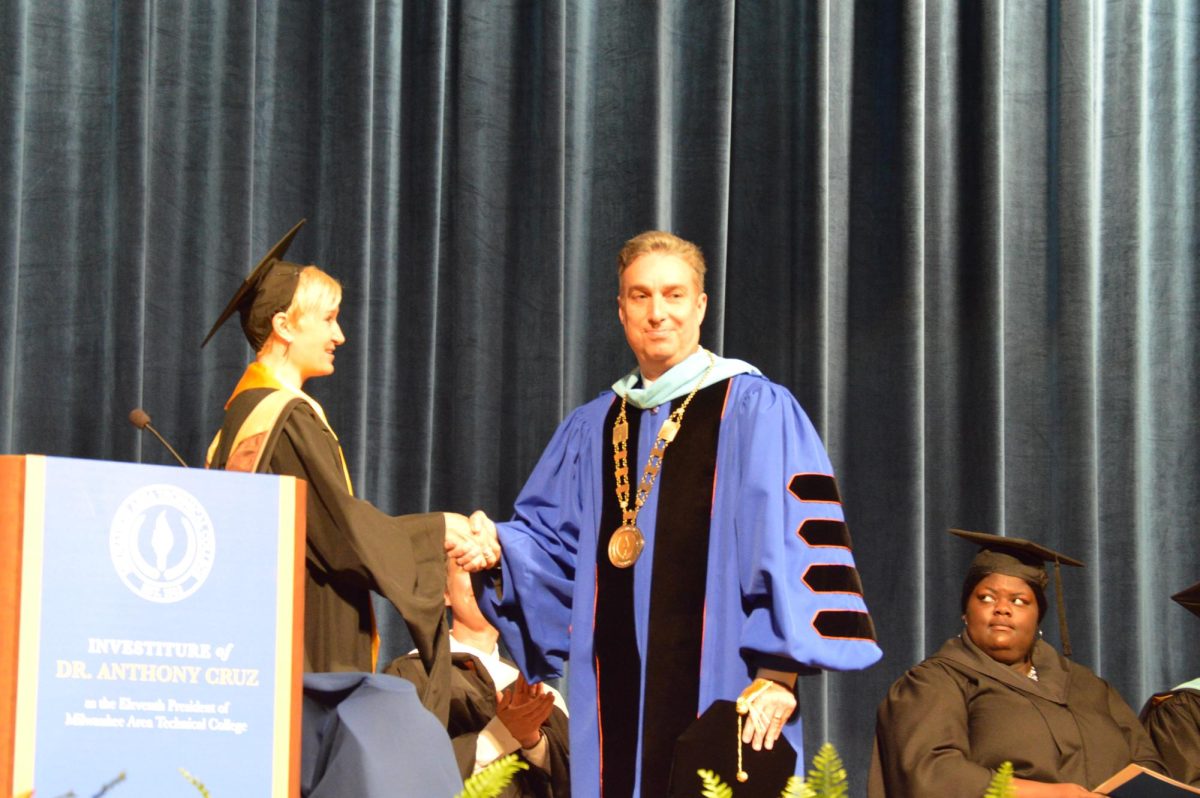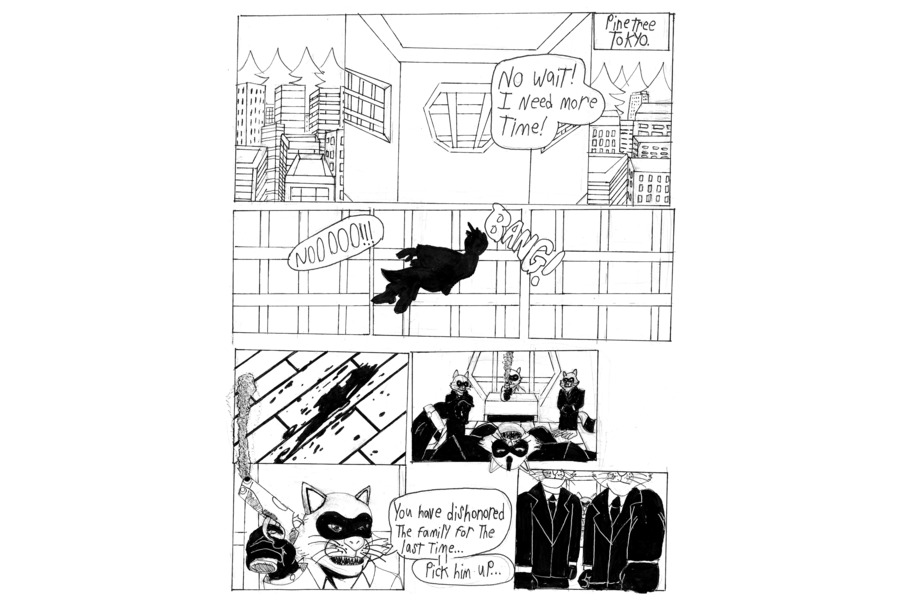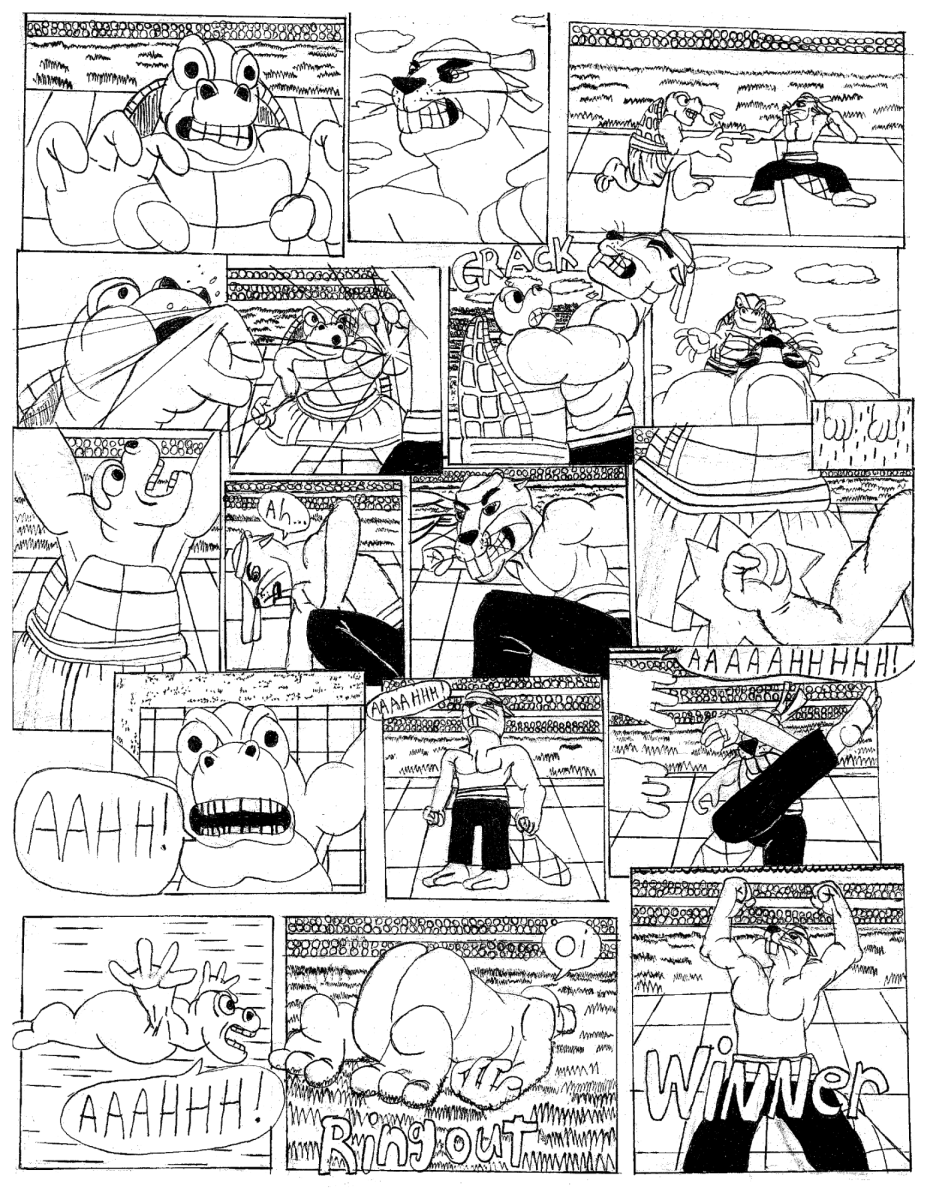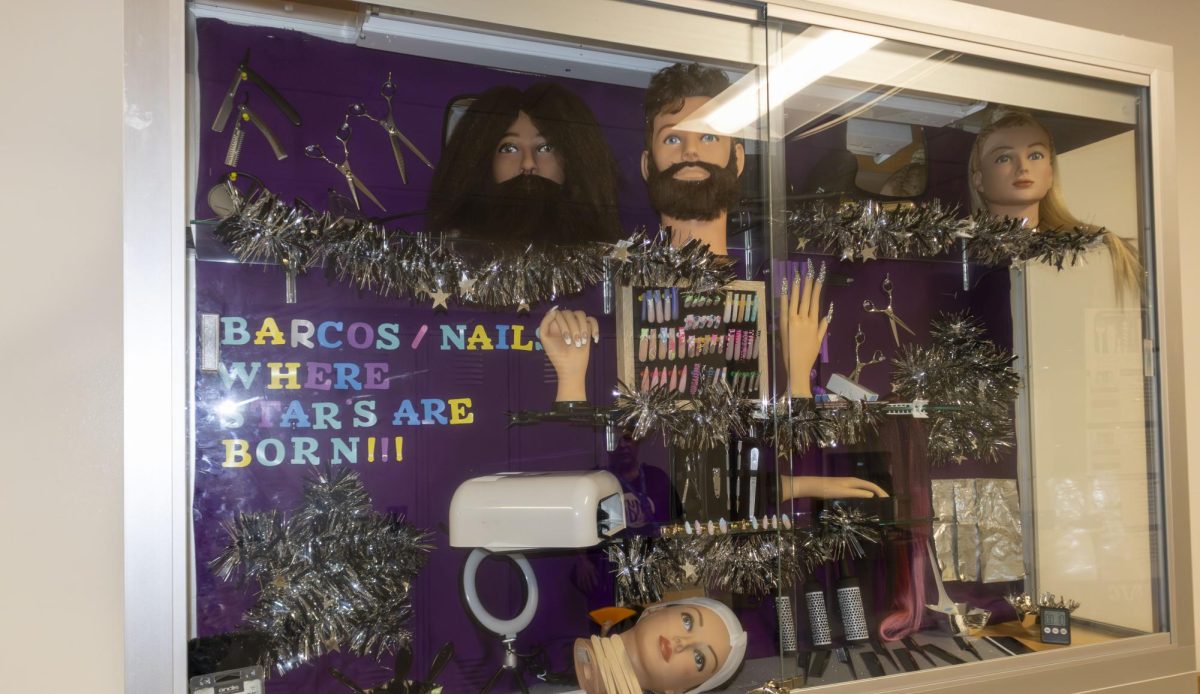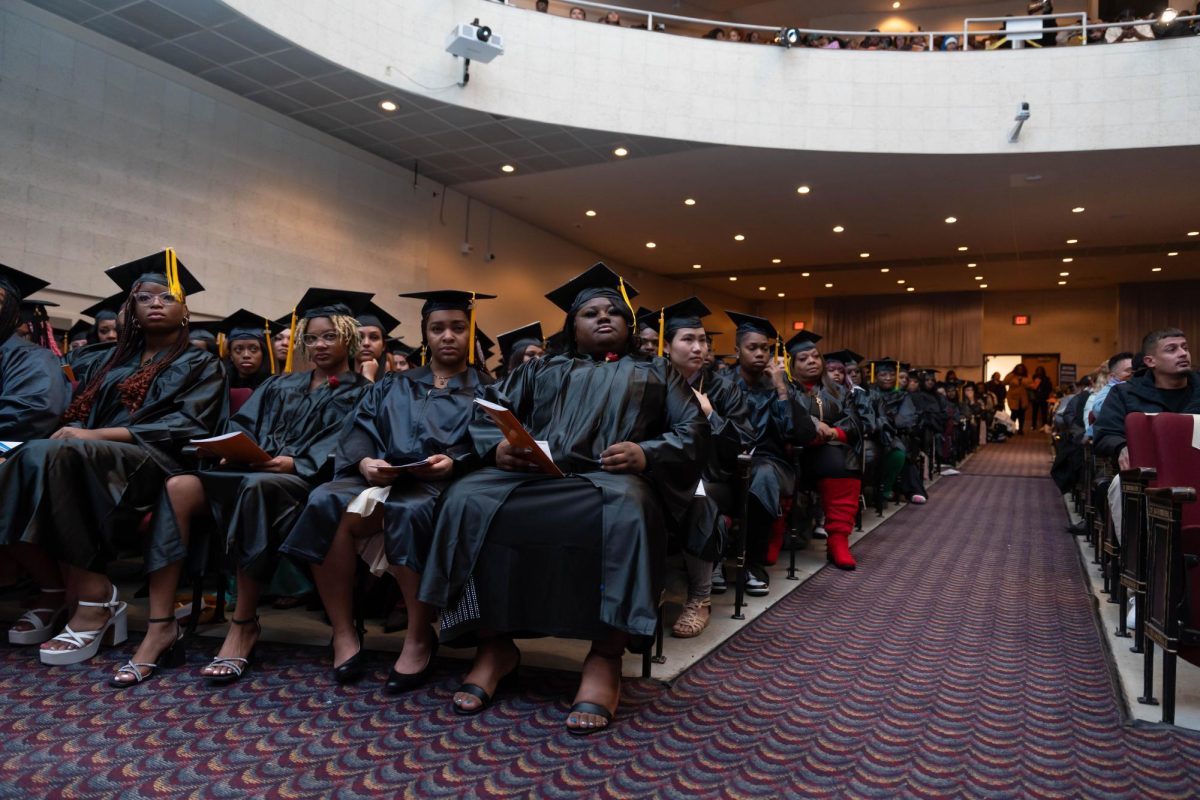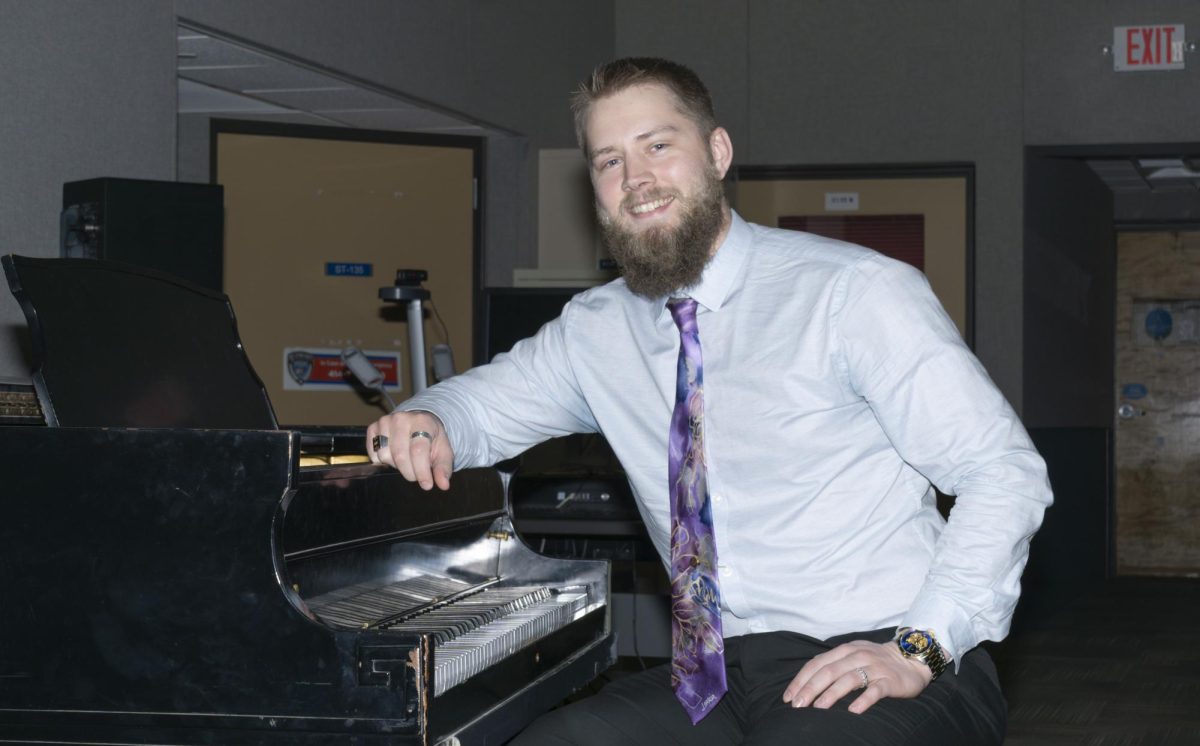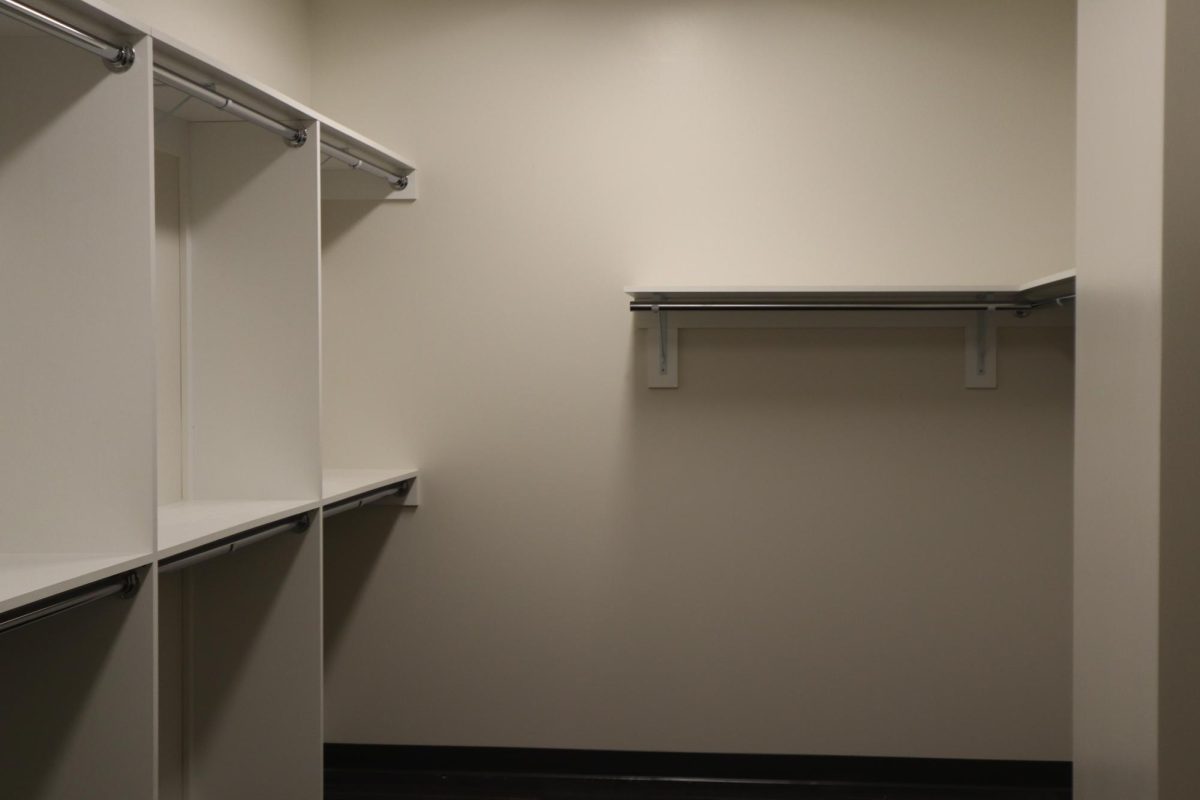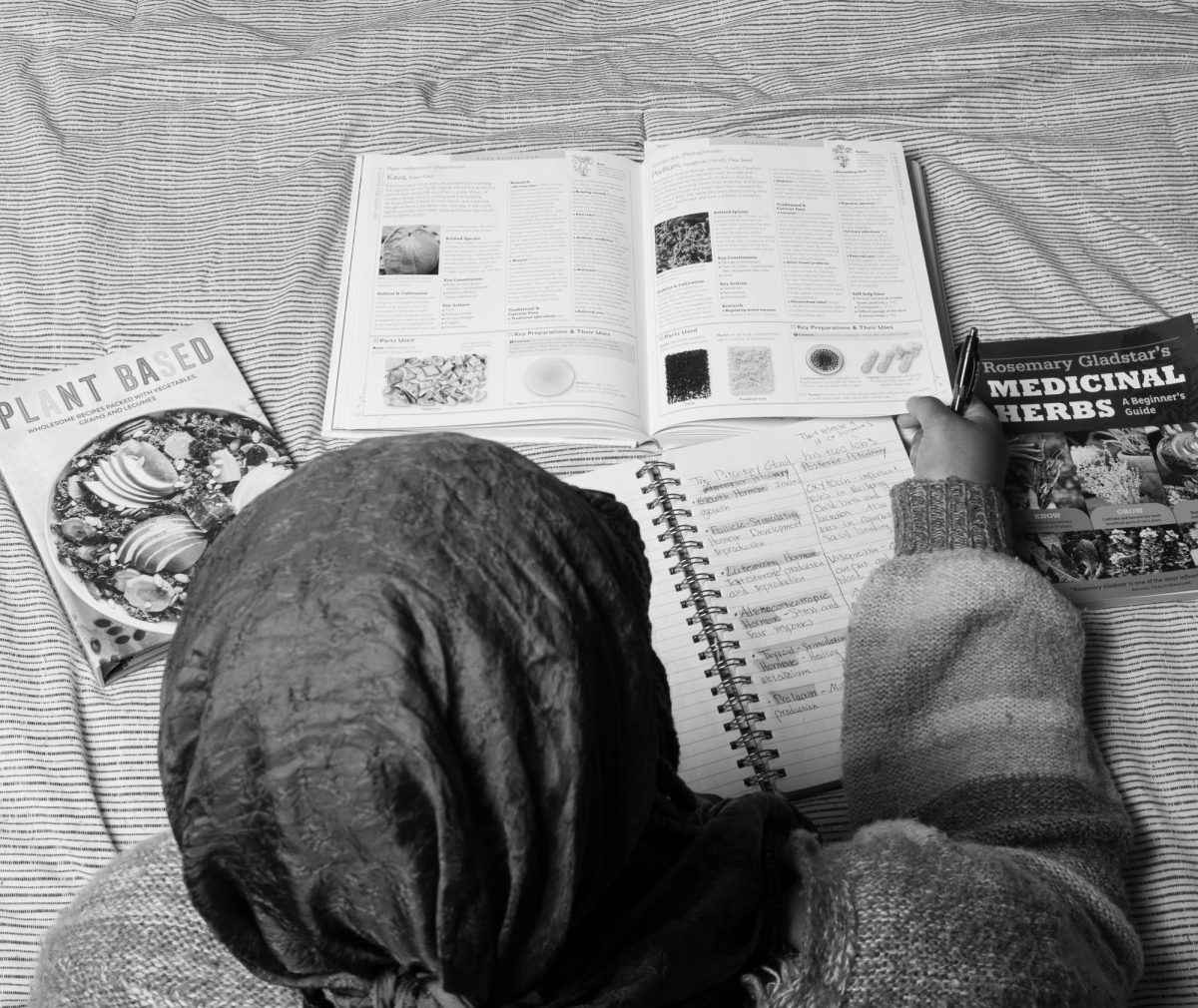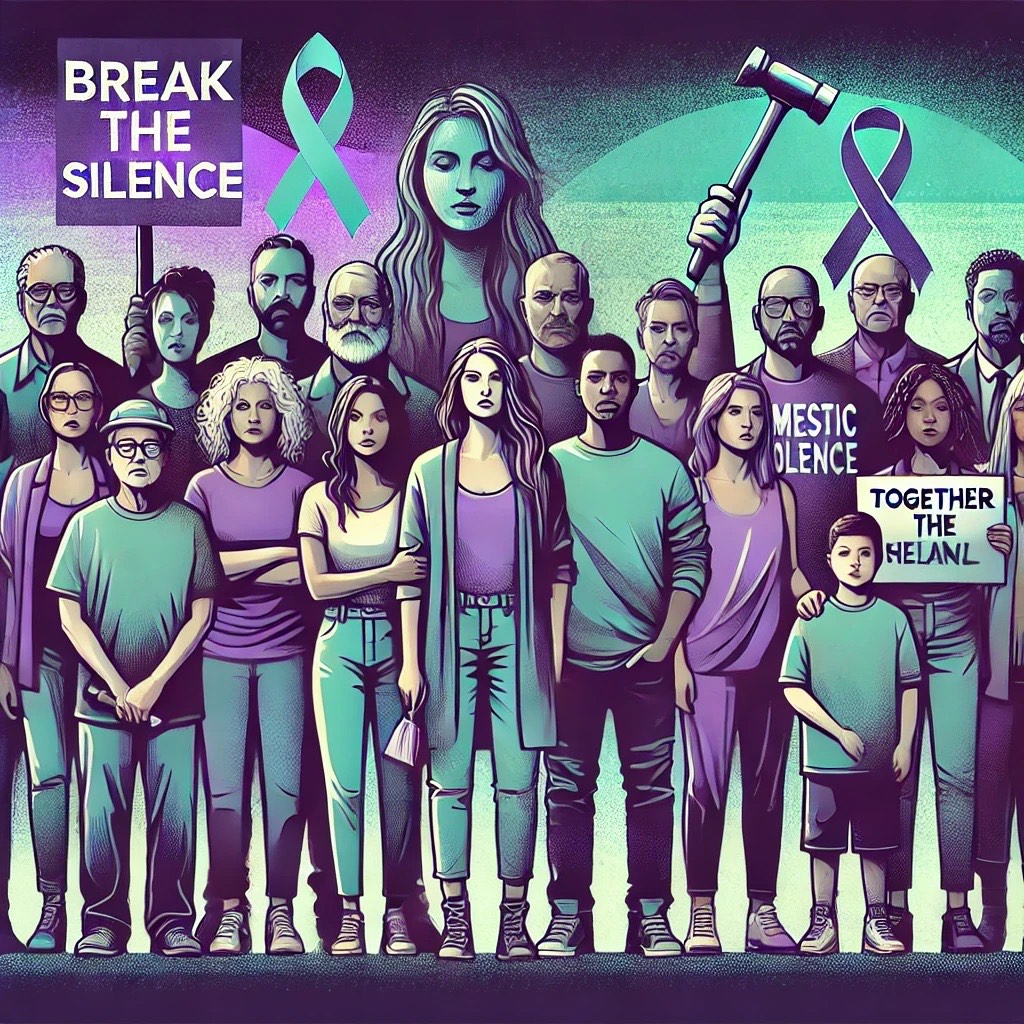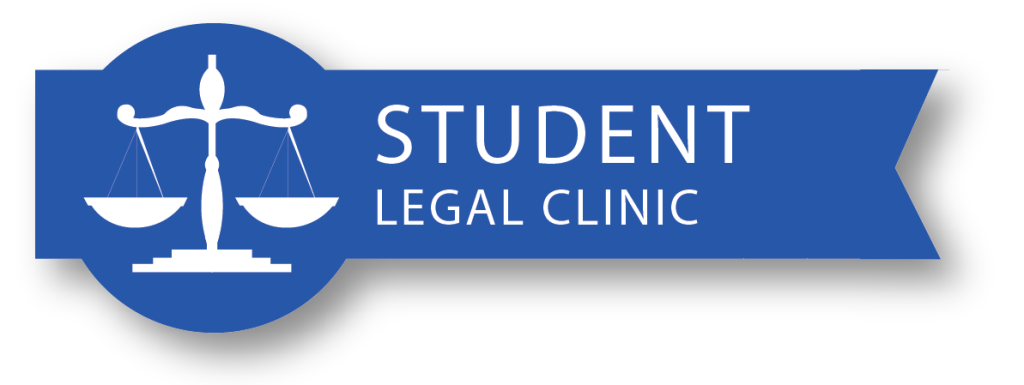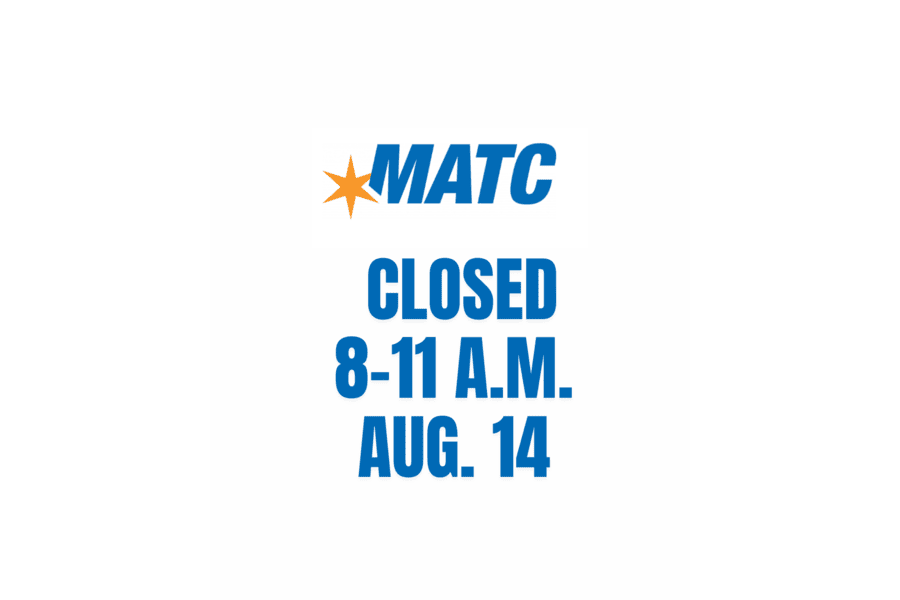Burke also mentions that MATC has had a healthy Aa1 bond rating, a measurement of MATC’s fiscal health, for many years now and that colleges on the verge of collapse are not receiving those types of bond ratings.
“The report did not come as a surprise to me,” says Burke. “We make decisions everyday about fixed costs, our escalating costs, and how we trim costs.” He also indicated that certain programs, like the possible “Pay for Print” program, were one of the many initiatives that the college is looking to for cost cutting alternatives.
“A lot of the low-hanging fruit, the easy choices, have been taken up already,” says Burke, indicating that while it may be more difficult to reach the harder choices, it is not impossible.
Burke also felt that while the comparison between MATC and the UW system may seem easy because the data is readily available, the actuality of it is much more complex because you are focusing on job duties, assignments, loads, etc.
Michael Rosen, instructor and local 212 union president, also echoed this statement with extra detail on how the Journal Sentinel reported this data but then failed to mention that most of UW’s professors are grossly underpaid.
On top of that information, UW’s faculty is only required to teach two full courses a semester whereas MATC’s faculty is required to teach 5 full courses a semester.
Besides the larger teaching load, instructors must do all the teaching, grading, and other coursework themselves whereas UW and other university professors have teaching assistants to help them with their work load.
“We don’t hire inexperienced people,” says Rosen, in response to the questions raised about the college’s higher paid faculty. In regards to the tool and dye maker, one of the higher paid professors that the Sentinel cornered, Rosen said, “someone who has an apprenticeship and a Journeyman Card is highly skilled and trained. It means you’ve served four years of on-the-job training as well as in-class education.
Tool and dye making is a very in demand occupation. Are you telling me that you’d rather have a PhD, who doesn’t have a Journeyman Card, teaching tool and dye making over someone who has the specific training in that field?”
Both Burke and Rosen agreed that Senator Glen Grothman’s comment, quoted in the Sentinel’s Sept 26th issue, about the faculty member teaching GED qualifications was inaccurate. Burke feels very strongly about the GED program and values the work the program provides because students who were not unemployable without a high school degree are now able to “go to work, go to college, and be successful because of MATC.”
Rosen also mentioned that the GED program is devoted to educating the least advantaged in our community who are disproportionately working class students, students of color, and ‘English as a second language’ learners.
Rosen also feels that the idea suggests racial and class bias when you imply that the edu-cators who work in fields such as the GED program should be paid less than others. “Educational institutions nationwide use education and experience, not the income, class, race, or future profession of its students to determine salary schedules,” he states. “It’s insulting to professional educators and it should be insulting to students and anybody who values education.”
Many of the other instructors that MJS highlighted have actually been at MATC for many years, some for more than thirty. As a result, they receive higher pay due to their many years of experience.
The Sentinel’s article does not explain why these individuals are paid so well, instead it implies that the pay is unjustified because of what degree they currently hold or where they were employed prior to coming to MATC.
“Grothman and Darling don’t realize there are some things you cannot buy at Walmart. A quality education is one,” finished Rosen, who further commented on the whole subject with, “rather than attacking teachers, attacking their integrity, attacking their professionalism, [and] attacking their commitment to their students, they should invest in technical colleges.”
An interesting inconsistency in the PPF’s report, that MJS did not cover, was that it mentioned MATC as being listed first, among 84 other large public two-year technical and community colleges, in expenditures per FTE (full-time equivalent student).
This data was reported through IPEDS (Integrated Postsecondary Education Data System), a system of interrelated surveys conducted annually by the U.S. Department’s National Center for Education Statistics.
However, data found in WTCS shows that throughout the past decade, 2000-2009, MATC was only listed first once in expenditures per FTE. For the remaining years, MATC fell in the middle of the pack.
When asked about this Rob Henken, president of the Public Policy Forum, said that they did not use WTCS data for the comparison because they wanted consistent number sets for both the WTCS and national peer comparisons.
Using WTCS figures would have caused them to have inconsistent numbers for MATC operating costs while using IPEDS allowed them to use the same data for both sets of comparisons.
Other sources, however, including a report from Robert W. Baird & Co., who has been a financial analyst of MATC for about two decades, states that the time in which MATC was high on the expenditures per FTE charts is likely due to the fact that retroactive payments were made to MATC salaries that year.
The report by Baird & Co. was also published in Sept 2010 and it concluded that they “expect that continued strong fiscal oversight, increasing enrollment trends and sound reserves will enable the district to maintain satisfactory financial operations.”
When Burke and Rosen were asked if there was anything they felt the public was misinformed about that they would like to contest, they both agreed on the headline of the Sept 22nd Journal Sentinel article.
“I think using ‘crisis language’ detracts from the kind of work we’ve been doing as an institution, from the board level down,” said Burke.
Rosen commented farther on the subject saying that the headline was irresponsible journalism, sensationalism and that the term ‘crisis’ was not even in the report that started these discussions.
“[The report] even says that the college is well managed, particularly compared to other areas of local government. These headlines project the idea that there is a scandal at MATC, when there is none.If there’s any scandal it’s that the headlines that are being developed by MJS misrepresent the truth,” declared Rosen.
Henken also stated “the [PPF] report clearly indicates that MATC is well-positioned to address its growing fiscal challenges in light of its well-funded reserves and well-maintained infrastructure.”
“We have every reason to believe the college can manage
its way through its challenges, though that will require some difficult decisions and should be accompanied by the establishment of clear and measurable performance metrics so that the impacts of budgetary decisions can be properly evaluated,” said Henken.
While the PPF report projected challenging financial issues, it also mentioned they would only become a major problem if the current issues remained constant which, according to Burke and Rosen, do not remain constant.
So even though the local newspapers claim MATC is headed for financial crisis, students, faculty, and other members of the community need not fear.
The college and its board are well prepared to face these challenges head-on and push through them.
Find the full report by the Public Policy Forum at: http://www.publicpolicyforum.org/
Find the report by the Wisconsin Technical College System at:
http://www.wtcsystem.edu/news/releases/forgotten_middle_skills.htm
For a copy of the report by Robert W. Baird & Co. call the president’s office at MATC:
(414) 297-6320
Report highlights fiscal concerns; Journal Sentinel reports the sky is falling
by Sarah Tanner
October 14, 2010

